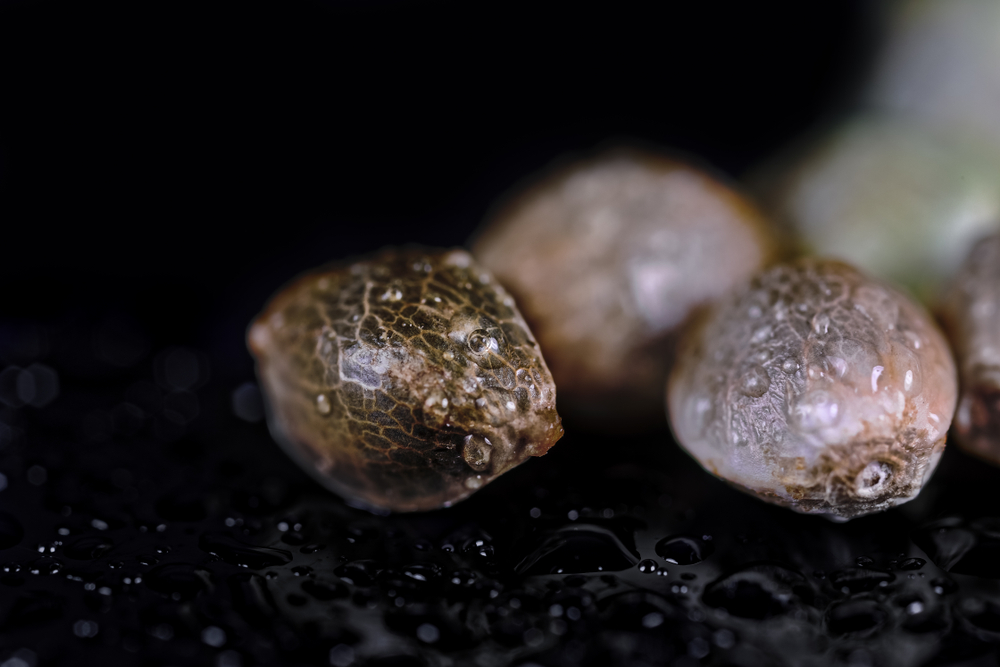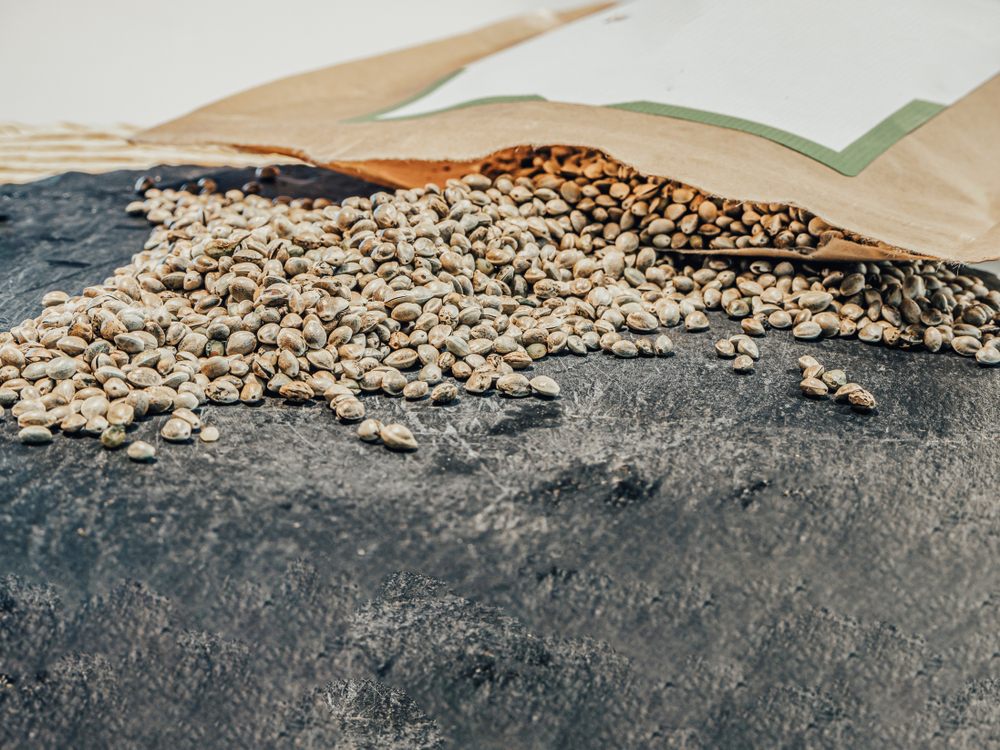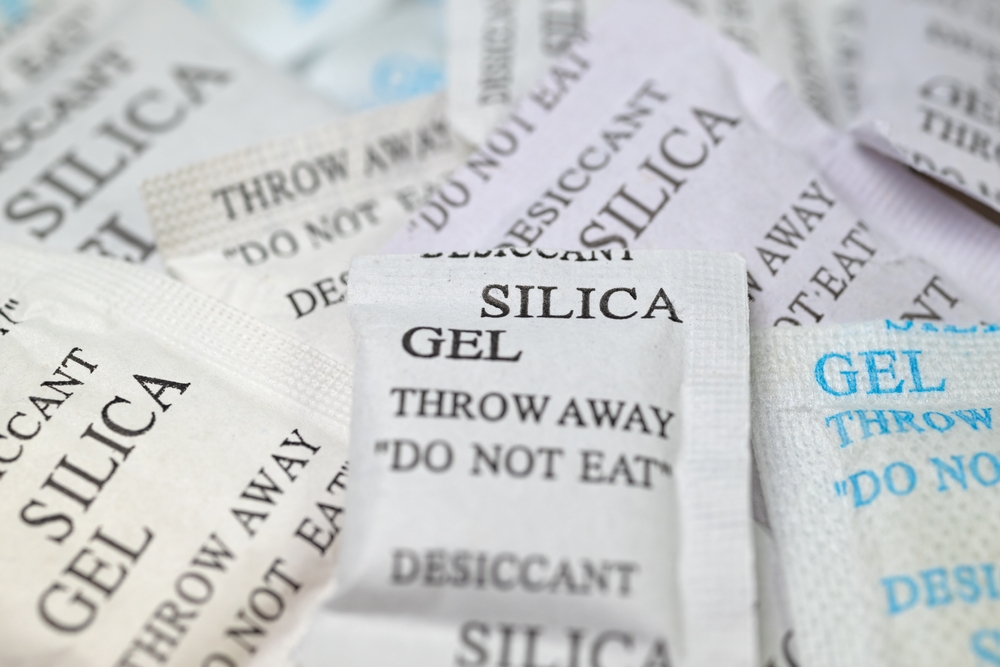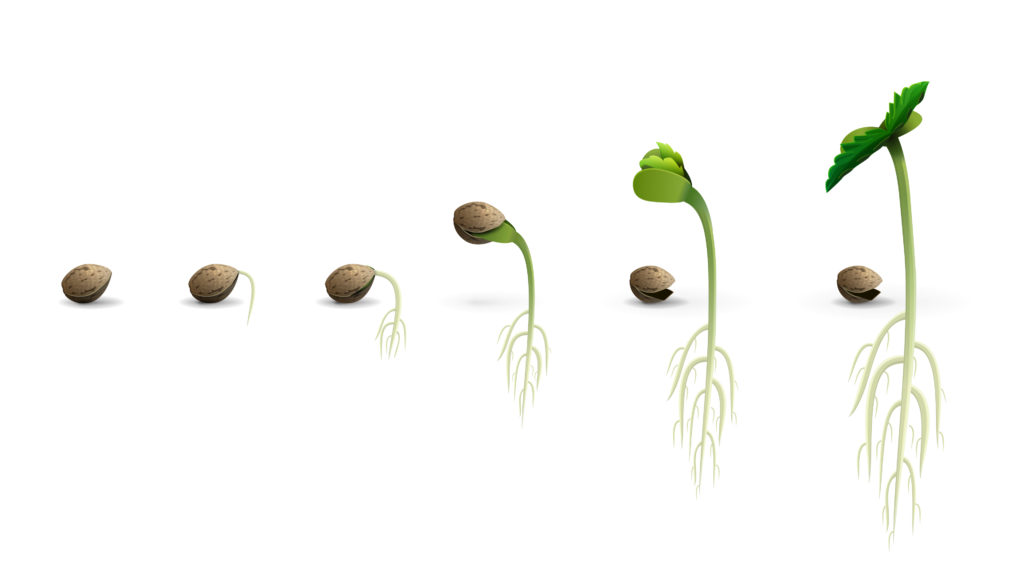You may forget about creating a high-quality marijuana harvest if you don’t start with great seeds. Many gardeners appear to overlook one simple fact: your seeds are living! Although cannabis seeds are long-lasting, incorrect storage might cause them to rot. When seeds cost $10-$20 each, losing an entire batch is a costly error.
Marijuana seeds are in a similar state to animals that hibernate before germinating. Like all living beings, your seeds are susceptible to death if not correctly cared for. The good news is that properly stored cannabis seeds can last for up to five years after harvest.
We’ll show you how to store and preserve your cannabis seeds in this article.
We concentrate on the following points:
- Light
- Temperature
- Humidity
- Where Should You Keep Your Seeds?
- Do Seeds Go Bad?
Keeping Your Marijuana Seeds Out of the Light
It would be best to preserve your seeds in a cold, dark, and dry environment. Keep the seeds in their original container if possible. Cannabis seeds begin using their stored nutrients when exposed to temperature fluctuations or light. This is a problem since they won’t be able to germinate because they won’t have enough nutrients.
Cannabis seeds begin to use their stored nutrients when they are exposed to temperature fluctuations or light.
Make sure your seeds aren’t exposed to light, as this can hasten germination.
What is the Optimal Temperature for Storage?
Temperatures between 43 and 47 degrees Fahrenheit are ideal for storing cannabis seedlings. The lower the temperature, the less probable your seed will germinate. Experienced growers usually keep their seeds in dedicated refrigerators. Your refrigerator should ideally be a no-frost model. It’s even better to put the seeds in the fruit and vegetable section.
Another approach is to put the cannabis seeds in the freezer. If you decide to go this way, vacuum bag them first. After that, place them in a dark container. It would also be beneficial if you germinated these seeds immediately after taking them out of the freezer. Allowing them to defrost first is not recommended.
What Does Humidity Have to Do With It?

Here’s a quick rundown of what could happen to cannabis seeds at various humidity levels:
8%: Insects and other pests will be attracted to the seeds.
9–20%: Your seeds are more likely to develop fungus on the inside and outside. They start sweating when the humidity is less than 20%. With correct conditions, however, 8-10 percent is a sweet spot’ for long-term storage.
The optimal humidity level for cannabis seed storage is between 21 and 30 percent.
The germination zone is between 31 and 60 percent humidity, especially once it exceeds 40 percent.
The greater the humidity level climbs, the more at risk your seedlings become. Your seeds will wilt and die in about 12 hours after it hits 80 percent.
For germination, your cannabis seeds require a particular amount of moisture. Your seeds will decay in storage if the humidity level rises too high. Only long-term storage requires an exceptionally low humidity level of roughly 8-10 percent. If it falls below 8%, any insects existing in the seeds will be able to become active and begin reproducing.
Where Should You Keep Your Seeds?
The good news is that there are solutions available, most of which are simple to obtain regardless of where you live. Each of these solutions has its limitations, which will be discussed.
Envelopes

Assume you’re storing a lower number of seeds for a shorter amount of time (weeks or a couple of months). In this scenario, an envelope is an excellent storage option because the paper is thick enough to shield the seeds from light and moisture while keeping them dormant for a short period. The benefit of an envelope is that you may use a pen to jot down any pertinent information on the pouch to remember what you’ve stashed away and when. On the outside, you might want to write the number of seeds, strain information, and storage date. When you come to get them, you’ll be able to see what’s inside each envelope. Even better if the original packaging fits these requirements.
To keep the humidity level steady, toss a desiccant pack in the envelope with the seeds, or if you’re in a hurry – or just being frugal – a little handful of rice will suffice. You can safely keep seeds in an envelope or similar type of pouch in the back of a drawer or cabinet for a shorter period if you don’t use envelopes with an address window.
Jars made of glass

Compared to envelopes, these have a clear benefit in that they are completely sealed. Because most plastic lids can let in small amounts of moisture over time, we recommend using the sort that seal with rubber stoppers, similar to a mason jar, rather than plastic lids. Again, a desiccant pack comes in handy to absorb any excess moisture in the jar. To keep it apart from the seeds, use a paper towel or cotton balls, then place the stopper in the jar and wrap or cover it in something opaque to preserve the valuable contents from light. This crucial feature will keep your seeds fresh for over a year and even longer if kept refrigerated.
Packs of Desiccant

Seed pouches, which can be found in the packaging of various things ranging from electronics to athletic shoes, are a key component in the seed storage game. These sachets, which usually contain silica gel, a moisture-absorbing material, are your best friend in preventing mold growth and deterioration within sealed containers. Desiccant packs are available online and inexpensive when purchased in bulk. They may be necessary if you’re storing your seeds in plastic containers, mylar bags, or plastic bag.
Where To Store Your Seeds Depending On How Long You Want To Store Them
Short-Term
A dark drawer or cabinet will suffice if you need storage for a short period. Regardless of the length of storage, the most important thing is to avoid temperature and humidity variations. Rapid temperature changes, in particular, can kill your seeds. Avoid storing items outside if you live in an area with warm days and cold nights.
Place the seeds in a container with desiccant for short-term storage. Put it in a cool, dark place after sealing it.
Medium-Term
It’s time to utilize an airtight container once you’re in medium-term storage (a few months). A mason jar or a Ziploc bag are two examples. Refrigerate this tightly covered jar. Keep in mind that opening your fridge can result in severe temperature changes. As a result, having a second refrigerator that is rarely used is perfect.
It’s also worth noting that new refrigerators have low humidity levels. Your seeds will begin to deplete nutrients if the humidity is too low.
Long-Term
Use a vacuum-sealed container to preserve your seeds for at least six months. Remove all of the air from a Ziploc bag to produce this effect. Special vacuum-sealed containers are also available online. Place the sealed bag in a dark container in the refrigerator.
You can also put the seeds in the freezer to keep them fresh. But keep in mind that you must germinate them immediately after removing them.
Will Your Cannabis Seeds Go Bad?
So, if all of the above is followed, it could take a very long time. Marijuana seeds, on the other hand, should be germinated as soon as possible. The answer is roughly 16 months if maintained at room temperature in an airtight container (although this is debated). It might take years if they’re vacuum-sealed and kept in a dark environment with no temperature variations. It is up to you to determine how long a seed will live.
Seed germination should be simple if you avoid temperature swings and excess moisture and put them in a storage container that satisfies those parameters.
The quality of the source plays an important role, just as it does in all living beings. We test each strain for vigor and resilience from seed to harvest as a seed bank that prides itself on creating weed seeds that produce high-quality cannabis plants.
Germination

After taking your seeds out of storage, you can ‘test’ them. Submerge them in water. They should be fine if they sink. If they float, they are more likely to be poor seeds. You can still try to germinate the seeds, but you risk generating low-quality cannabis or the seeds failing to sprout. Floaters can be kept in water for up to 72 hours to check if they develop a tail.
There are still a few techniques to germinate old seeds that haven’t been preserved in optimum circumstances.
Using a sharp knife, cut away the stiff ridge.
Soak the seeds with a germination stimulant, fulvic acid, or hydrogen peroxide in carbonated water. Use room temperature water and pre-soak for at least 12 hours in a dark location.
Using sandpaper, scratch the strong exterior shell. This technique, believe it or not, may aid in the infiltration of warmth and moisture. This is known as scarring, which should occur before the seeds are soaked.
Make a small cut into it as a last-ditch effort to get the shell to sprout.
Final Thoughts on Cannabis Seed Storage and Preservation
You should have no problems purchasing marijuana seeds and using them practically immediately. Despite this, keeping them out of direct sunlight is generally better. A dark cupboard will suffice in the short term as long as the temperature and humidity are acceptable.
Everything changes when the goal is to keep cannabis seeds for months rather than days or weeks. You’ll need an airtight container that you can keep in the fridge. Provide a vacuum-sealed container if you plan to keep the seeds for several months or longer.
You must ensure that cannabis seeds are not exposed to germination conditions when keeping them. This entails keeping them out of direct sunlight. Also, store at a cool temperature with a humidity of 20-30% (8-10% for long-term preservation). To avoid pests, keep the surroundings clean, and use the tips above to germinate old seeds.

Leave a Reply